Introduction
In haircutting, the length of the hair is a crucial element that can dramatically change the overall style and appearance. Professional barbers and stylists rely on clippers to achieve precise and consistent cutting lengths. One feature that significantly influences the cutting length is the lever found on most clippers. In this article, we will explore how the lever on clippers affects the cutting length, discussing the different positions of the lever and their corresponding effects on hair length.
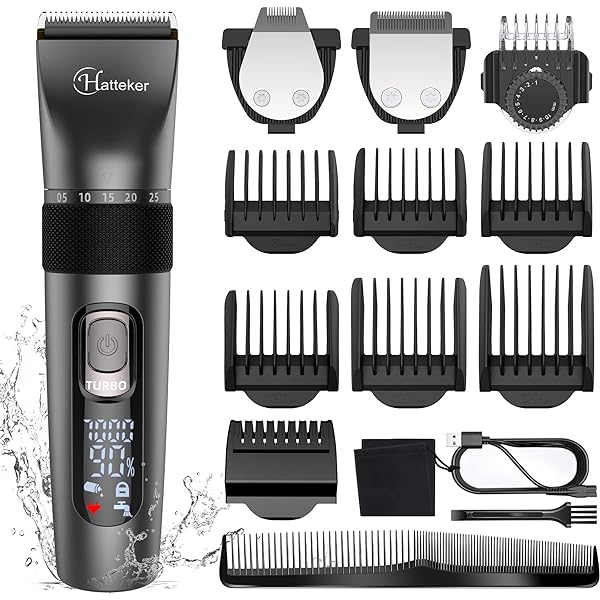
How does the lever on clippers affect the cutting length?
Understanding the Lever Mechanism
Before diving into the impact of the lever on cutting length, it is important to understand its mechanism. The lever on clippers is designed to adjust the position of the cutting blade relative to the guard, which determines how much hair is cut. By moving the lever, you can control the closeness of the cut and achieve different cutting lengths.
Positions of the Lever
Different clipper models may have varying lever positions and corresponding names assigned to them. However, the two most common positions are the open position and the closed position.
Open Position: When the lever is in the open position, the cutting blade is set farther away from the guard. This position allows for a longer cutting length, resulting in less hair being cut. It is also referred to as the “long” or “high” setting.
Closed Position: Conversely, when the lever is in the closed position, the cutting blade is positioned closer to the guard. This position provides a shorter cutting length, resulting in more hair being cut. It is also referred to as the “short” or “low” setting.
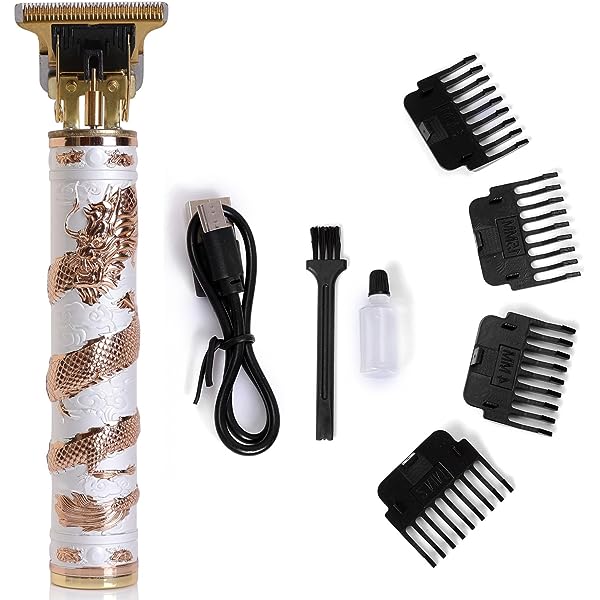
Effects on Cutting Length
The movement of the lever on clippers has a direct impact on the cutting length. Let’s explore the effects of each lever position on the cutting length:
Open Position (Long/High Setting): In the open position, the cutting blade is set farther away from the guard, creating a larger gap between them. This larger gap allows more hair to pass through before it is cut, resulting in a longer cutting length. The open position is ideal for creating longer hairstyles, such as fades with longer lengths on top or when you want to maintain more hair length overall.
Closed Position (Short/Low Setting): When the lever is in the closed position, the cutting blade is positioned closer to the guard. This reduces the gap between them, allowing less hair to pass through before being cut. As a result, the cutting length is shorter. The closed position is commonly used for achieving precise and shorter cuts, such as buzz cuts, crew cuts, or fades with shorter lengths.
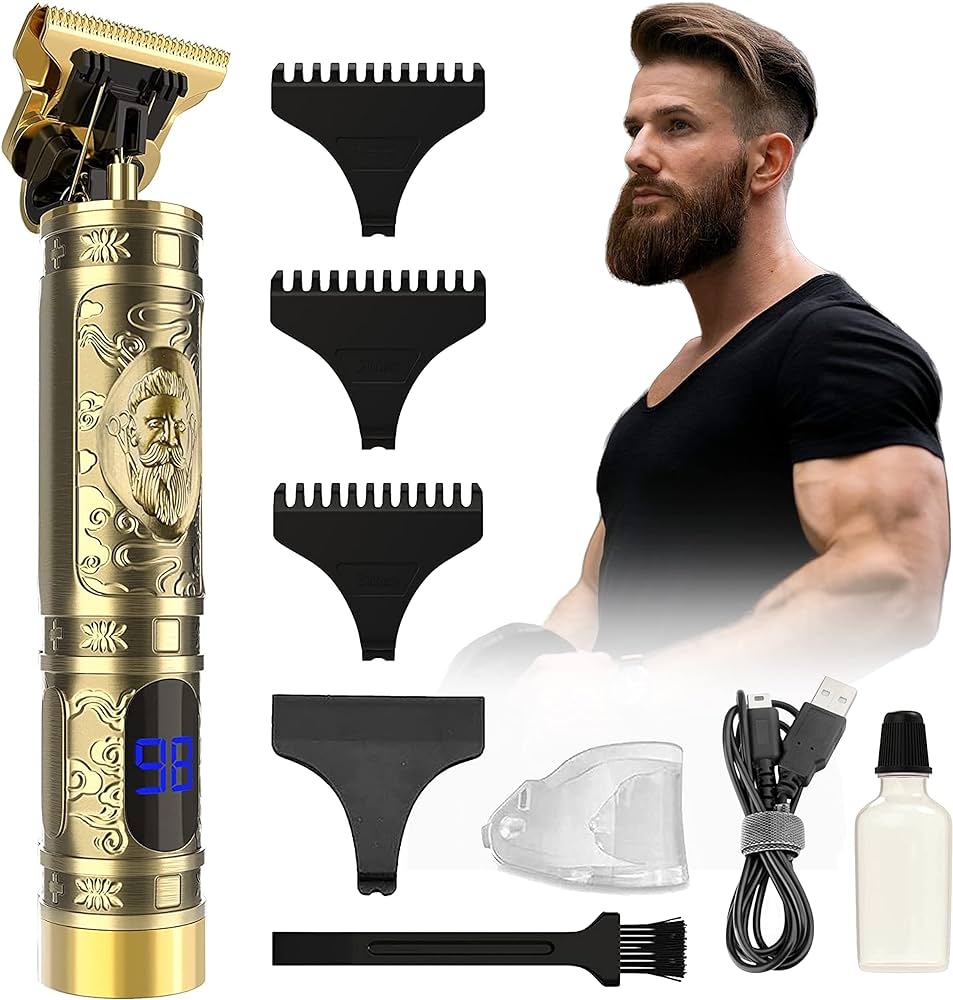
Fine-Tuning the Cutting Length
While the open and closed positions of the lever provide the basic options for cutting lengths, it is important to note that you can also fine-tune the cutting length within each position. By adjusting the lever slightly between the open and closed positions, you can achieve varying degrees of cutting lengths. For example, if you want a slightly longer cut than the closed position but shorter than the full open position, you can position the lever at an intermediate point.
Additional Factors Affecting Cutting Length
While the lever position is a significant factor in determining the cutting length, it is not the only consideration. Other factors can also influence the final result:
Guard Size: The guard attached to the clipper also plays a role in determining the cutting length. Different guards have designated lengths, and using a shorter or longer guard will result in a corresponding change in cutting length.
Hair Texture and Thickness: The natural texture and thickness of the hair can impact the perceived cutting length. Thicker, coarser hair tends to stand up more, resulting in a slightly longer appearance, while finer, thinner hair may appear slightly shorter.
Cutting Technique: The technique used by the barber or stylist can also affect the cutting length. The angle and pressure applied during the cutting process can influence how much hair is actually cut, even with the lever position set.
Blade Sharpness: The sharpness of the cutting blade affects how cleanly and efficiently it cuts through the hair. A dull blade may result in uneven or less precise cutting lengths, even with the lever set correctly.
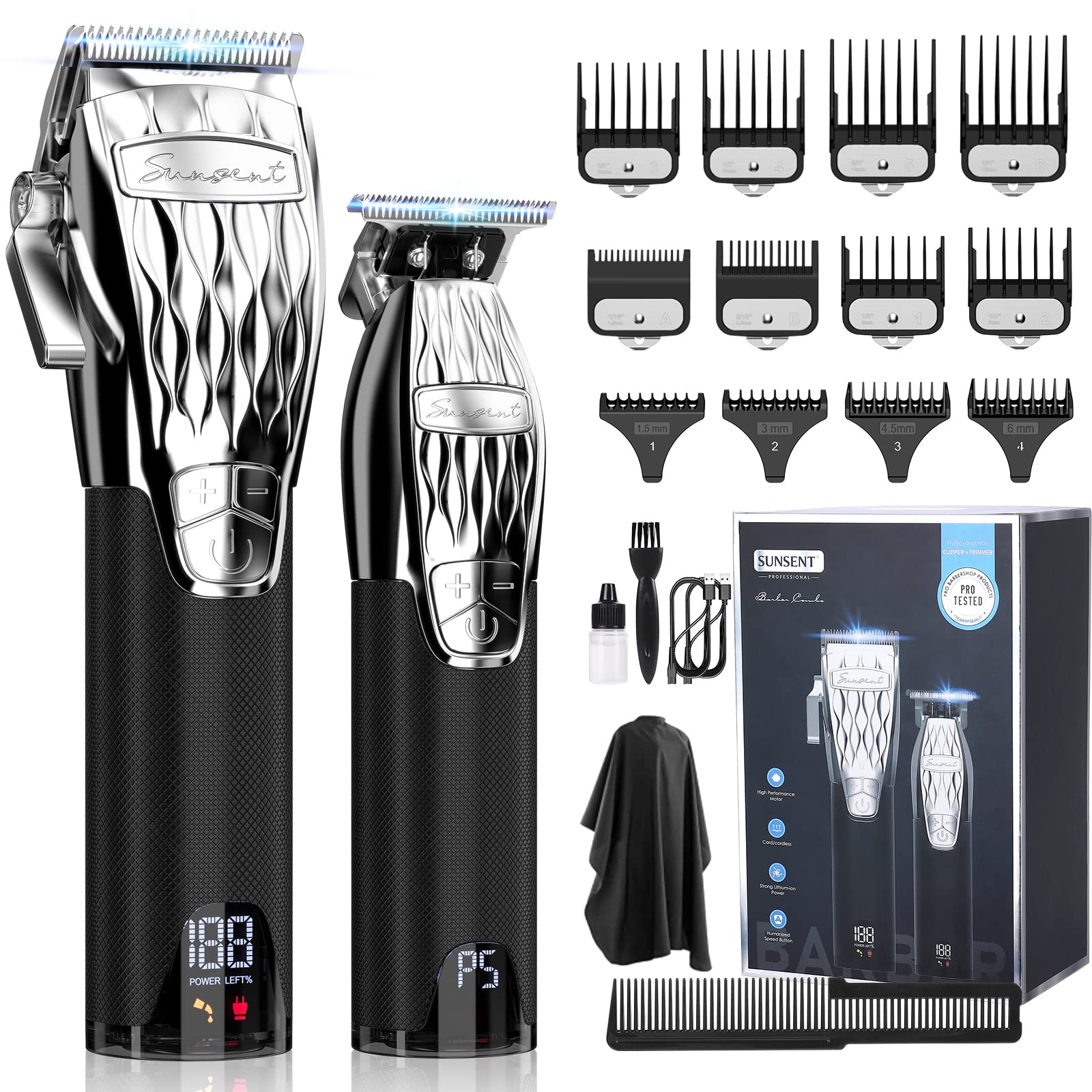
Experimentation and Practice
Achieving the desired cutting length with clippers requires practice and experimentation. Here are a few tips to help you develop your skills:
Familiarize Yourself with Your Clippers: Different clipper models may have slight variations in lever positions and cutting length adjustments. Spend time becoming familiar with your specific clipper model to understand how the lever affects the cutting length.
Start with Longer Guards and Open Position: If you are unsure about the desired cutting length, start with a longer guard and the lever in the open position. This allows you to have more control and make adjustments as needed.
Gradual Adjustments: When transitioning from one cutting length to another, make gradual adjustments to avoid cutting too much hair at once. Make small changes to the lever position or guard size and assess the result before proceeding.
Practice on Different Hair Types: Experimenting with different hair types will help you understand how the lever and other factors affect cutting lengths. Practice on various hair textures, thicknesses, and styles to develop your skills.
Seek Feedback and Guidance: If you are learning to cut hair or want to improve your technique, seek feedback from experienced barbers or stylists. They can provide valuable insights and guidance to help you master the lever and achieve precise cutting lengths.
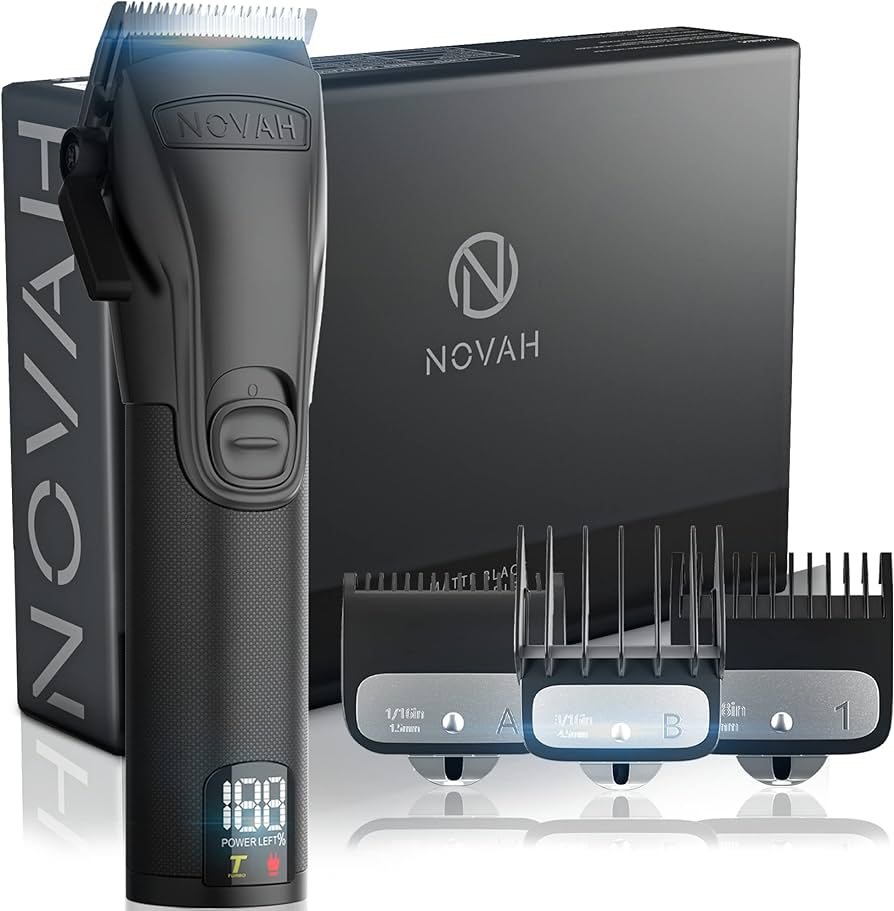
Conclusion
The lever on clippers plays a vital role in determining the cutting length. By adjusting the lever position, you can control how much hair is cut, achieving shorter or longer cutting lengths. The open position of the lever offers a longer cutting length, while the closed position provides a shorter cutting length. Fine-tuning the cutting length is possible by adjusting the lever slightly between the open and closed positions. Remember that other factors, such as guard size, hair texture, cutting technique, and blade sharpness, also influence the cutting length. With practice, experimentation, and a solid understanding of the lever’s impact, you can become skilled at achieving precise and tailored cutting lengths using clippers.
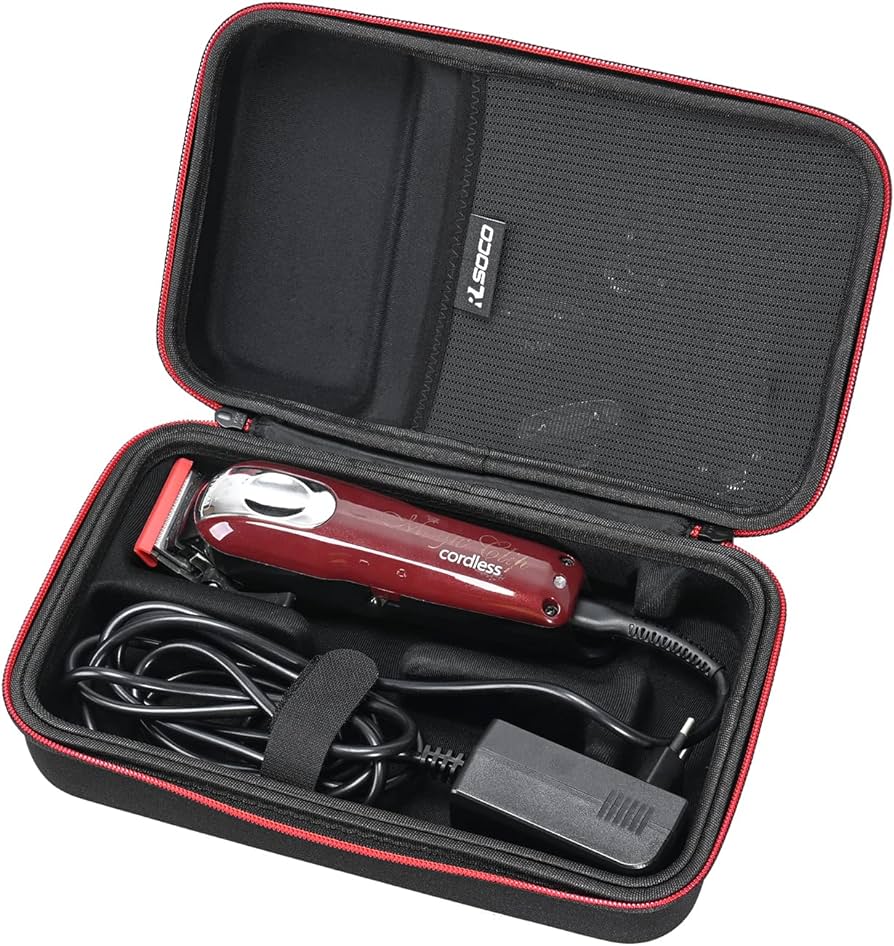
Leave a Reply